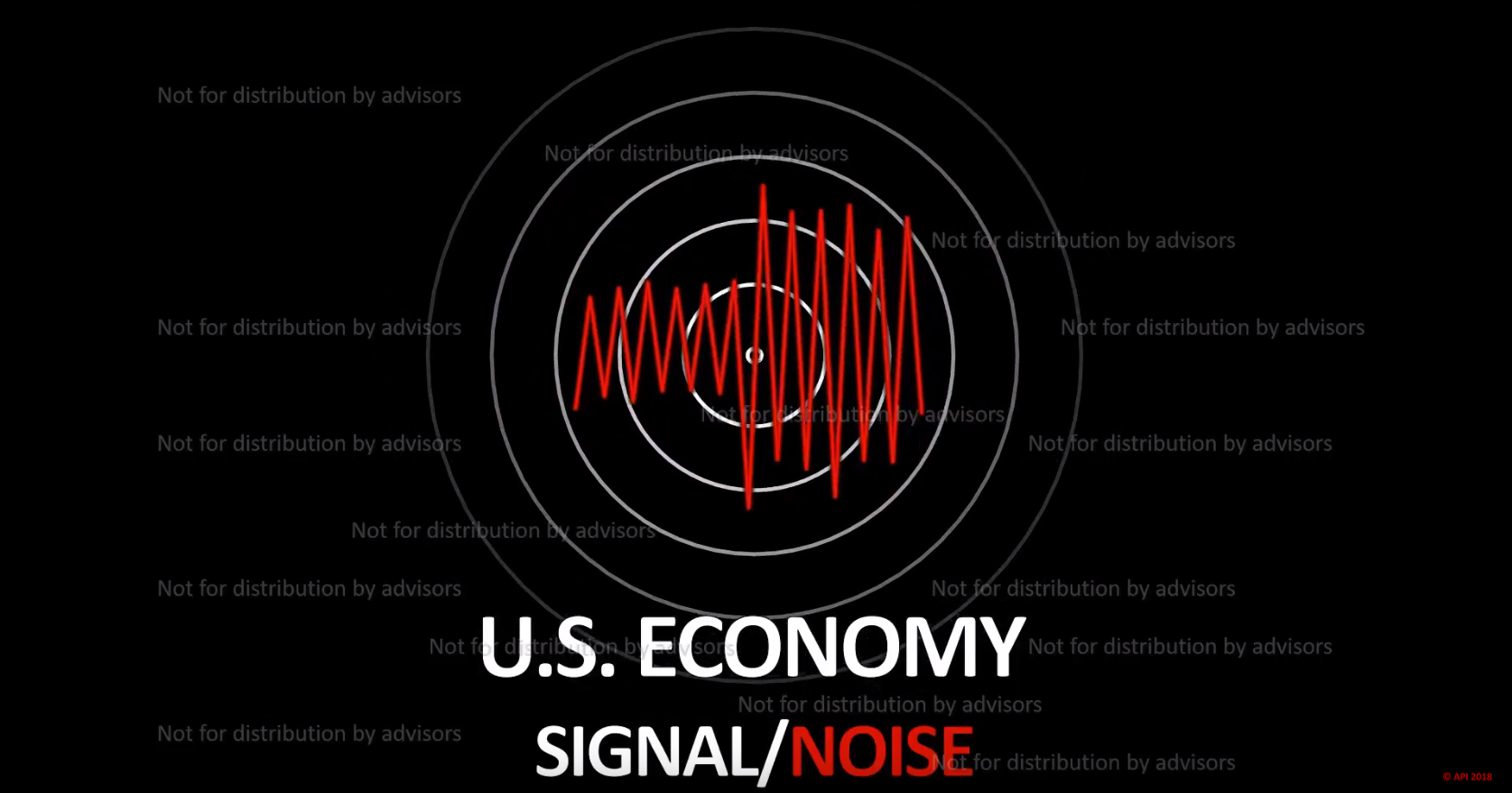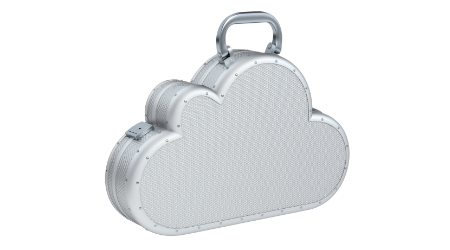Get Serious About Securities Trading Hot
"Dividing up responsibility among employees is another strategy [to fraud prevention]." At Lassus Wherley & Associates, a fee-only wealth management firm with offices in New Providence, N.J., and Bonita Springs, Fla., one employee approves equity trade orders, another executes the trades and a third verifies the trades after execution, says co-founder Diahann Lassus.
In an optimal trading process, a firm would have the capacity to conduct large blocks of trading, follow compliant procedures, and perform trading with low costs and overhead (I'm not talking about trading commissions here, but about employee costs). When people are responsible for all aspects of trading, advisors must choose two of the three characteristics I just highlighted and sacrifice the third.
As Lassus describes, three different employees are involved in the firm's trading with the intent of avoiding fraud within the firm (compliant procedures). As a result, they're left with one of the two remaining options: either conduct trading with low overhead (e.g. only one employee conducts trading) at the cost of trading capacity, or support high trade volume with the consequence of high internal operating costs (hire more people to conduct trading). Either way you look at it, the firm can do better with its trading process.
I don't mean to pick on Lassus Wherley & Associates, but their described trading and reconciliation process is like many I've seen among wealth management firms. Typically, management responds to an issue, such as how to combat fraud in trading, by throwing more people at the problem. Unfortunately, this is often the most expensive and least efficient response.
Add Scalability to Trading Through Technology
Advisors who are serious about trading know that scalability can be added through technology. There are several options available to independent advisors that aim to support all three characteristics of the optimal trading environment described earlier in this article. These options include offerings from Tamarac, iRebal, TRX, RedBlack, and ASI, plus a few others that target users other than independent advisors.
Much of the marketing material from these companies highlights rebalancing functionality, but these tools can also be used to streamline general trading. Some tools also provide the capability to automate trade reconciliation and compliance.
Note that the features and capabilities (and therefore the prices) vary greatly among the providers listed. Be aware that iRebal is now a part of TDAmeritrade's technology offering, TRX only works with Schwab's PortfolioCenter software, and ASI provides the built-in solution offered by Schwab and TDAmeritrade through their respective websites.
Application Example: Manual Trading
Consider the scenario where a wealth management firm's investment team decides to replace a mutual fund used in its investment model. Assume the replaced fund is part of the firm's core investment holdings and appears in roughly 100 client accounts.
The firm's individual responsible for entering trades (the Trader) must open the trading program provided by the firm's custodian (or custodians, but let's just consider one custodian is used for simplicity) and manually enter the account number, trade instruction, ticker symbol of the fund to sell, and ticker symbol of the replacement fund. These steps are repeated one at a time for each client account with the holding.
Before submitting trades, most firms require verification of manually-entered account numbers and trade orders to ensure accuracy. The verification of trade instructions is typically performed by another individual in the firm (the Approver). Keep in mind that trading programs also issue alerts, warnings, and errors when a problem is detected by the system (the trigger of a short-term redemption fee, for example). Each issue must be inspected and corrected before final submission of orders.
The following day, all trading activity is downloaded from the custodian's data feed into the firm's portfolio management system. Another individual (the Reconciler) is responsible for verifying that all trades submitted the previous day were, in fact, executed and completed without errors. The Reconciler must check individual account numbers, ticker symbols, order instructions (e.g. sell), and order quantities (e.g. all shares) against the prior day's entered trades to ensure everything was executed properly.
Keep in mind that the Reconciler pulls double duty here, as mutual fund swaps span multiple days with sell transactions followed by buy transactions. Poor Reconciler!
Finally, for compliance purposes, all trade information must be recorded into a log or a blotter. For the most part, trade data can be exported from the portfolio management software or from the custodian's records to avoid even more manual typing.
Application Example: Software Trading
Let's work through the same mutual fund swap example, only this time with a software trading program. The Trader runs a search in the program for all accounts holding the mutual fund being replaced. The Trader selects all accounts in the search results and sets the trade instructions to sell all, provides the replacement fund symbol one time, and applies it to all selected accounts.
Before submitting trades, sophisticated (read: more expensive) software can identify potential errors and alerts, such as the short-term redemption fee mentioned earlier. Once corrected, trades are exported from the software program into a format ready to upload to the custodian's trading platform (and the better programs support multiple custodians, not just one). The Trader doesn't type a single account number or other instructions into the custodian's platform.
I suppose an Approver may still be needed to check trade data, but what is really being checked? Almost nothing is typed in manually. The Trader is leveraging the power of the software program to accurately identify all accounts with the outgoing fund and generate the correct instructions.
The following day, trading activity is downloaded as usual, only this time the reconciliation process is performed by the trading software and not a Reconciler. The software examines the downloaded data against the trade orders submitted the previous day. If any discrepancy is found, an error is reported and the Trader can immediately identify and investigate the suspect account. It doesn't matter if hundreds or thousands of accounts and holdings are involved; the software can efficiently examine all of the orders against the downloaded data in an instant.
Finally, trade information can easily be exported from the software program into a log or blotter for compliance. Arguably, the program itself ought to have an internal trade blotter, but I suspect that not all of the firm's trades will pass through the program (e.g. fixed-income, CDs, and non-publicly traded securities come to mind).
The Clear Winner
While long winded, I believe the contrasting examples above demonstrate the clear advantages of adopting a software trading program. The programs add significant scale to the trading operations of an advisor's backoffice. On the flip side, assigning more people to the trading process is a recipe for inefficiency and increased operating costs.
Advisors who adopt a serious commitment to streamlined and efficient trading stand to gain a significant competitive advantage compared to peers who continue to trade using manual and inelastic processes.
This Website Is For Financial Professionals Only
User reviews
1 reviews
5.0 |
||
| Average Attendee Rating | ||
| Poor | Average | Excellent |
Great post on a critical process topic
Good material Bill - thanks for highlighting this as an area where systems can handle workflow while advisors and the team can contribute their expertise on the allocations and products rather than the rebalancing and trading itself.










